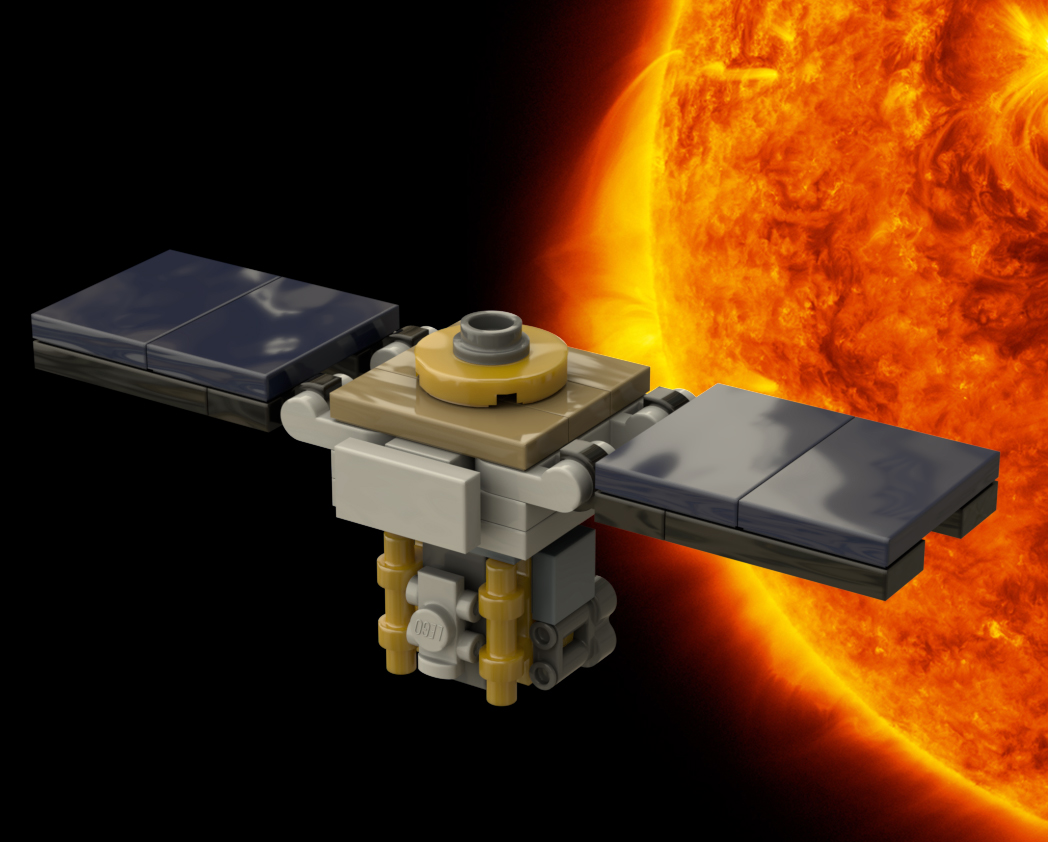
LEGO Designer:
Dan Fallon (phreaddee)
Designed:
March 2022
Categories:
All, Probes and Satellites, Space Agency - ESA, Space Agency - NASA, Sun-Earth L1
Launch Vehicle Details
Stages:
Length:
Diameter:
Mass at Launch:
Low Earth Orbit Capacity:
Total Thrust:
Apogee:
Class:
The Solar and Heliospheric Observatory (SOHO) is a European Space Agency (ESA) spacecraft built by a European industrial consortium led by Matra Marconi Space (now Airbus Defence and Space) that was launched on a Lockheed Martin Atlas IIAS launch vehicle on 2 December 1995, to study the Sun. It has also discovered over 4,000 comets. It began normal operations in May 1996. It is a joint project between the European Space Agency (ESA) and NASA. SOHO was part of the International Solar Terrestrial Physics Program (ISTP). Originally planned as a two-year mission, SOHO continues to operate after over 25 years in space; the mission has been extended until the end of 2025, subject to review and confirmation by ESA’s Science Programme Committee.
In addition to its scientific mission, it is a main source of near-real-time solar data for space weather prediction. Along with Wind, Advanced Composition Explorer (ACE), and Deep Space Climate Observatory (DSCOVR), SOHO is one of four spacecraft in the vicinity of the Earth–Sun L1 point, a point of gravitational balance located approximately 0.99 astronomical unit (AU) from the Sun and 0.01 AU from the Earth. In addition to its scientific contributions, SOHO is distinguished by being the first three-axis-stabilized spacecraft to use its reaction wheels as a kind of virtual gyroscope; the technique was adopted after an on-board emergency in 1998 that nearly resulted in the loss of the spacecraft.
Part count: 44 bricks, 22 lots.
| Unit | width | length | height |
|---|---|---|---|
| Studs | 13 | 4.2 | 4.9 |
| Inches | 4.1 | 1.3 | 1.5 |
| Centimetres | 10.4 | 3.4 | 3.9 |
No external URL provided.
Launch History information from space.skyrocket.de
Launch History information from space.skyrocket.de
Related Posts
None found

